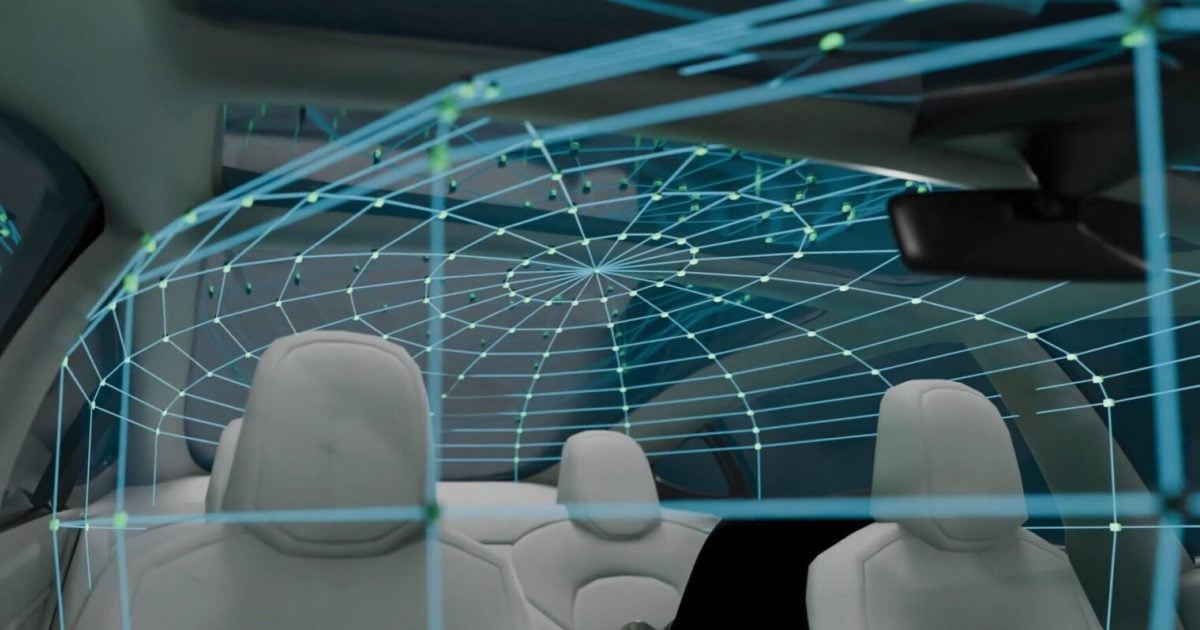
In a serverless future, how can IoT solution developers implement systems that work, without the expense and complexity of owned and operated physical infrastructure?
This was one of the topics at the “Edge at Work” panel held last week at IoT Evolution Expo in Ft. Lauderdale, which attracted a record number of top IT and OT industry leaders to gather at one of the first in-person events of this size in years following the global pandemic.
Along with other panelists Michael Skurla, Chief Product Officer, RadixIoT; Tom Snyder, Founder and Executive Director, RIoT; and Chuck Byers, CTO, Industry IoT Consortium, Carl Ford, CEO of Crossfire Media tapped Rhett Gustafson, Executive Vice President for Business and Corporate Development, EDJX to share his vision for leveraging edge computing platforms that bring compute, network and storage services close to the developer.
One of the issues holding back the potential of IoT and Industrial IoT (IIoT) has been the costs associated with having to buy, deploy, manage, and maintain physical devices and related software which can be costly in the beginning, and even costlier as projects scale.
Serverless computing is an execution model for the cloud that eliminates the need to provision and manage infrastructure components (servers, databases, queues, and even containers), allowing teams to focus on writing code while minimizing their operational overhead. Since serverless functions are event-driven, the code is invoked only when triggered by a request.
“Serverless Edge for EDJX means developers can quickly build blazing fast edge apps that deploy and scale instantly,” Gustafson explained. “Developers can create powerful, low-latency edge and IoT apps using serverless functions that run at EDJX’s global network edge, writing code in Javascript, C, C++, Rust, Go, Python, and more with much faster performance by running server-side code closer to users and connected things.”
Edge Computing is a model in which compute and storage move closer to the end user. According to Gartner, “Around 10% of enterprise-generated data is created and processed outside a traditional centralized data center or cloud. By 2025, Gartner predicts this figure will reach 75%”10% of enterprise data is created and processed outside the traditional Data Centre/Cloud.”
The typical usage of Edge computing is for real time and instant data processing, compared to the Cloud which is more useful when it comes to big data storage and processing.
The value of Edge computing is enormous: it reduces latency, traffic, bandwidth, geographic distance, energy, and power.
The reduction in latency brought by Edge computing can make applications in IOT, IIoT, AI and ML more achievable (for example autonomous systems, remote surgery, security systems that rely on facial recognition and more).
The rise in Edge computing is being accelerated by the evolution of 5G, with dramatically faster speeds, along with more advanced edge devices. While Edge computing is reducing latency by bringing compute closer to user, 5G is reducing the latency of the communication. Together 5G and Edge computing make extremely valuable solutions possible.
“Serverless allows developers to build applications and services without thinking about the underlying servers, and it has an enormous impact on flexibility, scalability and reduced Total Cost of Ownership (TCO),” Gustafson explained.
Edge computing is not without its risks. It’s hard to go a day without hearing about the security issues of “smart” devices with the rapid adoption of IoT across all sectors. The scalability of Edge computing services can mitigate some security threats like DDoS, but the core computing model must adapt to operating in less trusted environments.
“EDJX was built from scratch for the edge – making it easier to write, deploy and execute IoT and edge applications without paying for servers and maintaining infrastructure,” Gustafson said. “The developer's C++ or Rust code gets compiled into WebAssembly; more languages will be offered soon.”
As Mark Boyd notes in The New Stack, "The IoT technology culture is headed toward serverless, and the recent buzz at conferences is the successful mingling of IoT and serverless. The general pulse of the market is that IoT implementations will drive portability across serverless platforms."
This panel discussion of interconnected themes delved into edge use cases, architectures, economies of edge, the role of data, data exchange, and data sovereignty that will come to cities. The panel explored the new infrastructure data gathering that the community will use, paths to autonomy, innovative software, hardware, and physical architectures to enable the economic realization of the smart, sustainable, secure city of the future.
Arti Loftus is an experienced Information Technology specialist with a demonstrated history of working in the research, writing, and editing industry with many published articles under her belt.Edited by
Erik Linask





